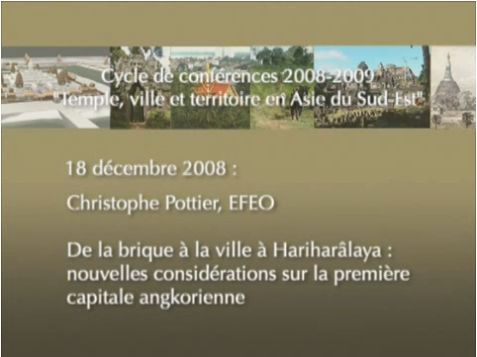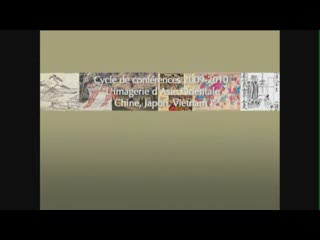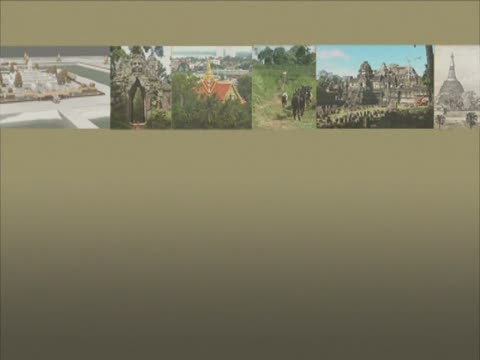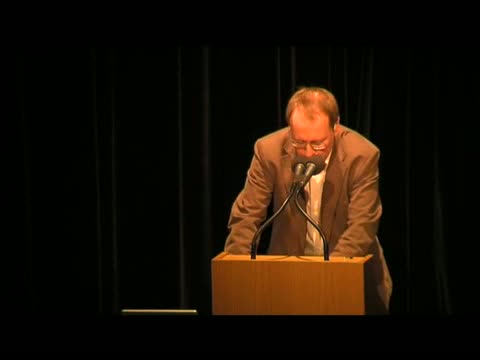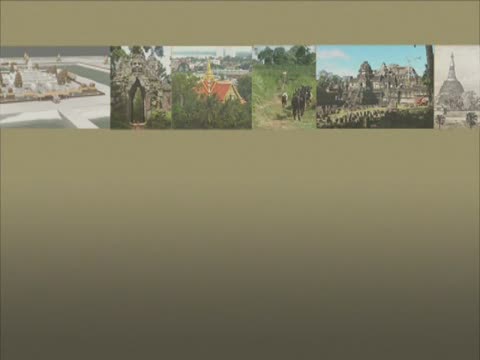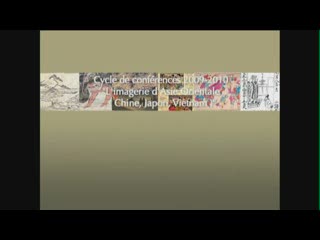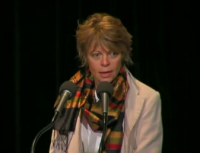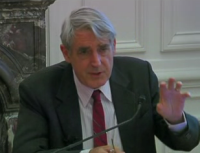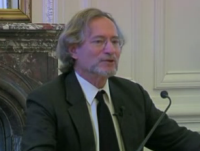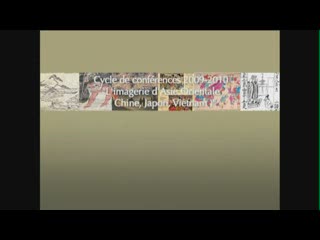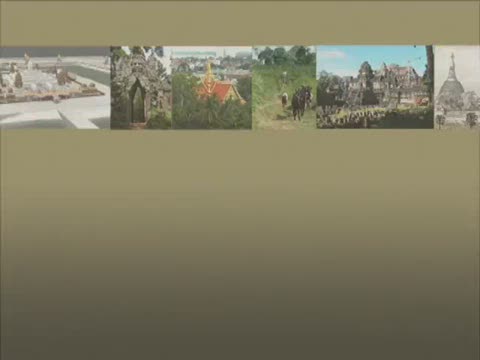Notice
The temples and ritual sites of the walled Pyu cities of Burma
- document 1 document 2 document 3
- niveau 1 niveau 2 niveau 3
Descriptif
Throughout the First Millennium AD, walled sites enclosing up to 13 square kilometres were constructed in Upper Burma and in Arakan, near the Bangladesh border. Archaeology has given us a window to the life, the hopes and fears, of the inhabitants. They kept in close contact with their ancestors, whose cremated remains were integral to the ritual sites of the cities. Buddhist and other Indic artworks, and religious texts, show that they were open to new and changing spiritual notions. Intaglios, symbol-marked coins and gold jewellery provide evidence of trade, technology and social differentiation. But defensive walls and gates, and what appear to be deliberately buried protective figures, artifacts and inscriptions, also suggest that there was a great concern with enemies, real or imagined. This lecture outlines what we know of an ancient culture that sat in a crucial zone between India, China and Southeast Asia, and just as importantly, considers the many research questions that still need to be asked.
Dr Bob Hudson is an archaeologist from the University of Sydney, Australia. His research focuses on the origins, function and fate of the early urban systems of Myanmar (Burma). He applies a range of techniques, from excavation and satellite imagery analysis to radiocarbon dating and DNA sampling, to research issues. He is a visiting professor at the Myanmar Department of Archaeology Field School at Pyay, the site of the Pyu city of Sriksetra.
Thème
Dans la même collection
-
De la brique à la ville à Hariharâlaya : considérations sur la première capitale angkorienne
PottierChristopheConférence donnée le 18 décembre 2008 dans le cadre des Conférences Iéna, organisées conjointement par l'Ecole française d'Extrême-Orient et le Musée Guimet. Localisée dans la région de Roluos, à une
-
Décrire, interroger, convaincre : les figures de la vie ordinaire dans l'imagerie vietnamienne
Une conférence de l'EFEO Ecole Française d'Extrême Orient Dévrire, interroger, convaincre : les figures de la vie ordinaire dans l'imagerie vietnamienne par Philippe Papin
-
Le temps en image : le calendrier chinois du IXe siècle à nos jours
ArraultAlainLe temps en image : le calendrier chinois du IXe siècle à nos joursDès son apparition, aux alentours du iiie siècle avant notre ère, le calendrier annuel chinois est un écrit dont l’élément visuel
-
Figures divines et démoniaques : les Ôtsu-e, peintures populaires du Japon de l’époque d’Edo
MarquetChristopheFigures divines et démoniaques : les Ôtsu-e, peintures populaires du Japon de l’époque d’EdoLes Ôtsu-e, ou « images d’Ôtsu », sont un genre de peinture populaire qui se développa au Japon à l’époque d
-
-
Late-Ming Erotic Book Illustrations and the Origins of Ukiyo-e Prints
Ukiyo-e prints, the popular Japanese polychrome woodcuts of the ‘floating world’, evolved from the popular illustrated literature of the early Edo period (1603-1867). The recent discovery of an
-
Des villages à la ville: le temple dans l'espace urbain moderne de l'Asie du Sud-Est
LancretNathalieA partir de quelques études de cas choisies à Bali, à Vientiane et à Siem Reap, Nathalie Lancret s’attachera à montrer quel a été le rôle de lieux de culte (temples et pagodes) dans la structuration
-
The Mosque below the Winds : Religious Architecture in the Malay world
ReidAnthony John StanhopeHindu-Buddhist edifices enshrined the sacred. The mosques that supplanted them gradually shifted towards increasingly diverse attempts to build beautiful places of assemblage.
-
Nail of the World: mandalas and axes in ancient Java
MiksicJohn N.Did “traditional” non-Western cities evolve as ceremonial or economic centers? Mandala concepts were influential in central Java’s temples, but there are no comparable temples in east Java. East Java
-
D'un statut l'autre : du Japon à l'Europe, destins multiples de l'estampe ukiyo-e
D'un statut l'autre : du Japon à l'Europe, destins multiples de l'estampe ukiyo-e par Hélène Bayou
-
Angkor Thom, de la Cité des dieux à l’horizon urbain : archéologie d’une mise en scène
GaucherJacquesConférence donnée le 11 juin 2009 dans le cadre des Conférences Iéna, organisées conjointement par l'Ecole française d'Extrême-Orient et le Musée Guimet. Le centre du site d’Angkor est occupé par un


